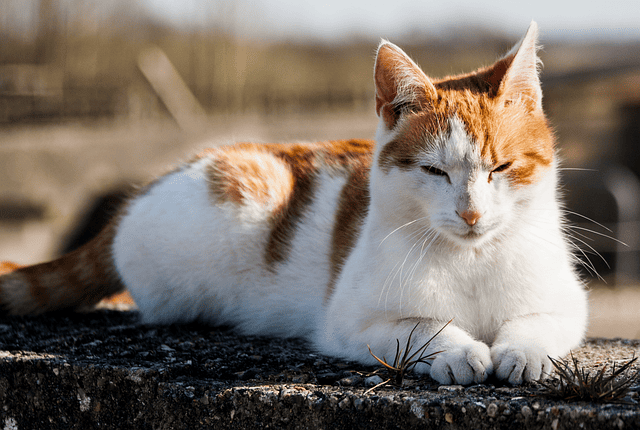Cats’ purring is more than a cute sound—it’s a fascinating mix of biology, communication, and healing. Research shows that these low-frequency vibrations can calm nerves, reduce stress, and even promote physical healing in humans. From improving mood and lowering blood pressure to aiding bone and tissue health, the science behind a cat’s purr reveals surprising benefits. In this article, we’ll explore how your feline friend’s gentle hum can positively impact both mind and body.
What Exactly Is a Cat’s Purr and How Does It Work?
A cat’s purr may sound simple, but it’s actually a complex biological process. Earlier, scientists believed it came from blood vibrations in a large heart vein — the turbulent blood theory — but modern research shows it starts in the larynx (voice box).
Cats rapidly contract and relax their laryngeal muscles, causing the vocal cords to vibrate between 25 and 150 hertz as they breathe in and out. This creates the soft, low-frequency sound we recognize as purring.
Cats can purr for long periods with very little effort, even while resting. Humans can both hear and feel these soothing vibrations, which often express contentment, though cats may also purr when stressed or in pain, suggesting it helps with healing and relaxation, too.
Why Do Cats Purr? Multiple Purposes Beyond Happiness
Most people think cats purr only when they’re happy, but research shows it’s much more than that. Purring helps cats communicate, relax, and heal. The low-frequency vibrations (25–150 hertz) can reduce pain, strengthen bones, and speed recovery when they’re hurt or stressed. Even while resting, cats use purring as a low-energy way to stay healthy. Studies also suggest that owning a cat may lower human stress and heart disease risk, proving a cat’s purr benefits both cats and humans.
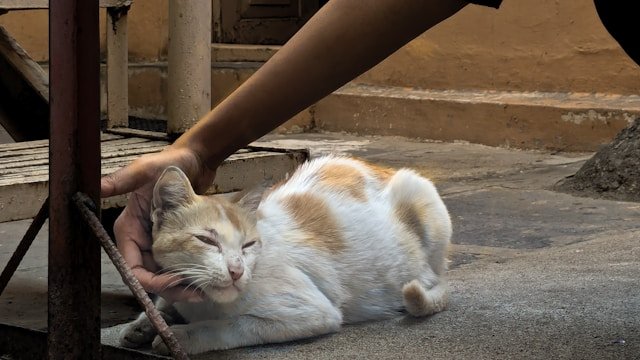
Communication with Humans (Solicitation Purrs)
Cats don’t just purr to show contentment — they often use it as a clever way to communicate with humans. Research suggests that a cat’s soothing vibrations can even mimic the sound of a human baby’s cry, triggering a nurturing instinct in people. This unique behavior helps cats get attention, food, or affection from their owners without being demanding. In short, your moggy knows exactly how to use its purrs to hijack human psychology — blending charm and strategy in one soft, rumbling sound.
Self-Healing and Stress Regulation in Cats
Cats don’t just purr when they’re happy — their purrs serve as a natural healing and stress-relief mechanism. The gentle, low-frequency vibrations can promote bone and tissue repair, reduce pain, and help cats stay healthy even while resting or inactive. By conserving energy and soothing themselves, cats prevent overexertion and recover faster from minor injuries or stress. Interestingly, owning a cat can also benefit humans, helping lower stress levels and reducing the risk of heart disease or stroke, showing the purr’s calming effect reaches both cats and their owners.
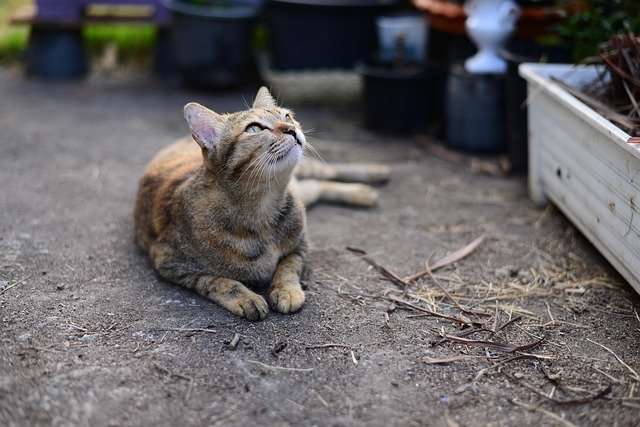
Scientific Basis: The Healing Frequencies of the Cat
Research shows that when cats purr with a consistent pattern while inhaling and exhaling, their low-frequency vibrations can act as a form of self-healing. According to Leslie A. Lyons, assistant professor at the School of Veterinary Medicine, University of California, the cat’s purr hums between 25 to 50 hertz may promote bone growth, support fracture and wound healing, and strengthen bone density.
These frequencies are in the exact range that causes bones to harden in response to pressure, helping stimulate bone repair and reduce the risk of osteoporotic conditions or dysplasia often seen in dogs. Beyond bones, purring can provide pain relief, help manage breathlessness, and reduce inflammation, making it a natural, low-energy way for cats to maintain muscle and tissue health while resting. This scientific insight highlights why a cat’s gentle purr is not just soothing — it has measurable therapeutic effects for both cats and potentially humans.
Health Benefits of Cat Purring for Humans
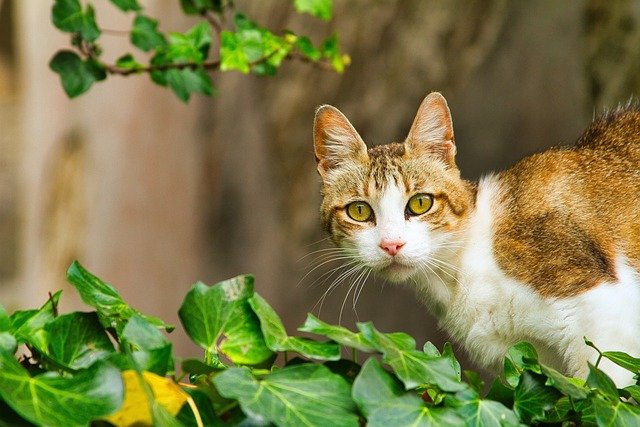
Stress, Anxiety & Mood Regulation
Cats’ relaxing presence combined with their gentle purrs can have a surprisingly powerful effect on human stress and anxiety. Studies have shown that when a person listens to the sound of a cat’s purr, it can help distract from the source of anxiety and induce a sense of calm. This natural healing effect makes purring not just comforting, but a subtle tool for improving mood and emotional balance in humans.
Pain and Migraine Relief
Research and clinical observations suggest that a cat’s purr can offer surprising relief for pain and migraines. The low-frequency vibrations, typically between 18 to 50 hertz, are linked to healing injured muscles and tendons, improving joint mobility, and reducing inflammation and pain.
For humans, studies and anecdotal evidence indicate that being around a purring cat may help ease breathing in those with respiratory issues like dyspnea or chronic respiratory disease. Cat ownership has also been associated with a reduced risk of heart attacks and strokes, highlighting the broader therapeutic effects of purring. These gentle vibrations not only support physical healing but can also contribute to overall comfort and well-being.
Heart and Blood Pressure Benefits
A cat’s purr can help lower stress and anxiety in humans through its low-frequency vibrations, promoting relaxation and reducing stress hormones while boosting feel-good hormones like oxytocin. Listening to a cat’s purr or petting a cat supports lower blood pressure and a reduced risk of heart disease, with studies suggesting cat owners may have up to 40% less risk of heart attack. Beyond physical benefits, the human-animal bond provides companionship, comfort, and a sense of security, improving overall well-being and reducing loneliness or isolation, making interacting with a purring cat a natural way to enhance both emotional and cardiovascular health.
Bone and Tissue Healing Support
Research shows that a cat’s purr, produced during inhale and exhale in a consistent pattern, can support self-healing in both cats and humans. According to Leslie A. Lyons, assistant professor at the School of Veterinary Medicine, University of California, the low-frequency hum of a cat’s purr, ranging from 25 to 50 hertz, can promote bone growth, stimulate fracture repair, and improve bone density and strength. This frequency helps harden bones under pressure, supports wound healing, and may reduce inflammation, pain, and breathlessness. Cats naturally experience fewer muscle and bone abnormalities compared to their domestic counterparts, and studies suggest that the frequency of a cat’s purr could similarly aid humans, potentially benefiting osteoporotic conditions or dysplasia.
Other Reported Health Benefits
Beyond stress relief and bone support, a cat’s purr offers several additional health benefits. The vibrations of a cat’s purr, ranging from 18 to 35 hertz, may help fight infections, reduce swelling, ease pain, and promote muscle growth and repair. Frequencies between 25 to 50 hertz support tendon repair and joint mobility, while purring can also accelerate healing of injured muscles and tendons. Higher frequencies, up to 100 hertz, have been associated with faster recovery after surgery and improved breathing for patients with chronic respiratory disease. Both scientific studies and anecdotal evidence highlight these effects, showing that regular interaction with a purring cat can contribute to overall physical well-being and aid recovery from various injuries or medical conditions.
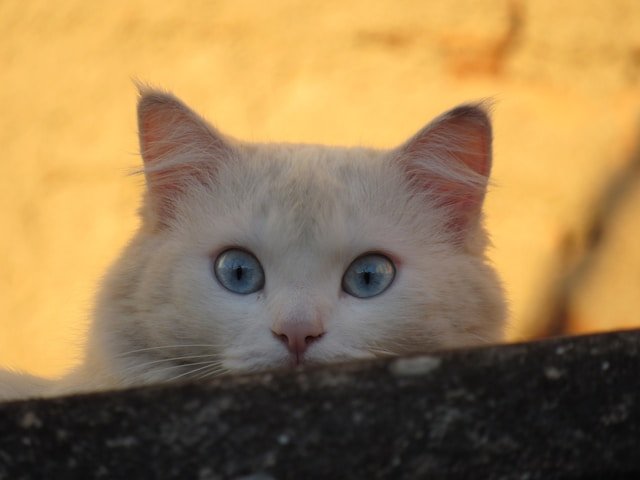
Myths, Anecdotes, and What Science Still Doesn’t Know
Despite centuries of observation, why cats purr remains partly mysterious. Scientists have identified a neural oscillator in the brain, which activates the biological process behind purring, but the exact triggers are still unclear. Research and observational studies suggest cats may purr for multiple reasons, including communication, self-soothing, or soliciting attention.
For example, a study from the University of Sussex found that cats can slightly vary their purrs depending on need. When soliciting food, cats produce ‘food soliciting’ purrs that sound more urgent and include high-frequency elements similar to a human baby’s cry, embedded within their naturally low-pitched purr. These solicited purrs tap into human nurturing instincts, effectively asking for attention or care without overt meowing.
According to Dr. Karen McComb, this subtle embedding of a cry within a contentment signal demonstrates the cat’s remarkable ability to influence human behavior, earning moggies the reputation of being clever, if mischievous, manipulators. While science has explained some mechanics, much about why cats purr—especially their nuanced interactions with humans—remains an intriguing mystery.
Conclusion: Why a Cat’s Purr Is More Than Just a Sound
A cat’s purr is far more than a simple sound—it provides calming, healing, and bonding effects for both cats and humans. From stress relief and mood regulation to bone and tissue healing, the vibrations of a purr support physical and emotional well-being, while also strengthening the human-animal connection. Experiencing or hearing a cat purr is not just soothing; it’s a subtle therapeutic interaction that benefits everyone involved.
About the Author
I’m Sheik Ahmed, a writer who loves discovering fascinating facts about the world around us — especially the incredible lives of animals. From loyal dogs and curious cats to nature’s most surprising creatures, I enjoy exploring how they think, feel, and behave. Through my blog, I aim to share these insights simply and engagingly, which sparks curiosity and helps readers appreciate the amazing world we share with animals.
